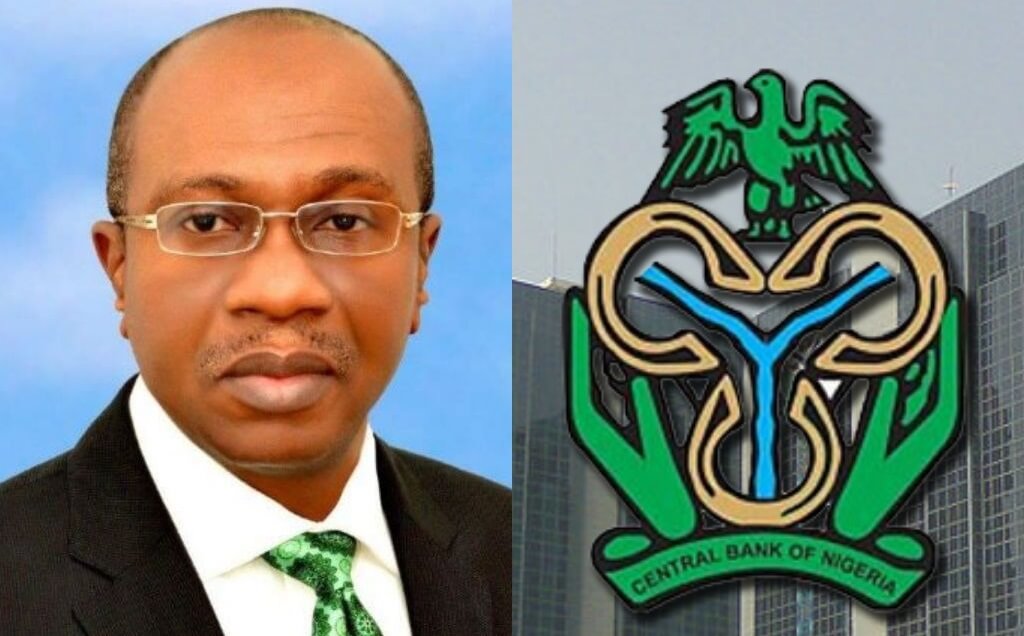The Central Bank of Nigeria (CBN) has released the framework for the implementation of the solar intervention connection facility.
The framework which was released on Monday is to complement the Federal Government’s effort of providing affordable electricity to
rural dwellers through the provision of long term low interest credit facilities.
Advertisement
The credit would be provided to the
Nigeria Electrification Project pre-qualified home solar value chain players
that include manufacturers and assemblers of solar components and off-grid
energy retailers in the country.
The pathways to energy access, financial inclusion and poverty reduction are
closely linked and requires rapid scale of pay-as-you-go off-grid
technologies that will create a $2bn annual market opportunity
as penetration today is less than five per cent of total market potential.
To support the
economic recovery in response to the COVID-19 pandemic, the Federal
Government had launched an initiative as part of the Economic
Sustainability Plan to achieve the roll out of five million new solar-based
connections in communities that are not grid connected.
This program is expected
to generate an additional N7bn increase in tax revenues per annum and $10m in annual import substitution.
Advertisement
The solar connection Scheme is a Federal government initiative whose objectives
are to expand energy access to 25 million individuals through the provision of solar home systems or connection to
a mini grid.
It is also aimed at increasing local content in the off-grid solar value chain and facilitating
the growth of the local manufacturing industry; and incentivize the creation of
250,000 new jobs in the energy sector.
According to the guideline, the facility would not be used to finance the importation of fully assembled solar
components.
Based on the eligibility criteria for the facility, the apex bank said obligors should demonstrate verifiable evidences of technical capacity.
It added that they must also demonstrate a track
record of experience in manufacturing of key off-grid components up to the
quality standards instituted by the Rural Electrification Agency
or the Standards Organizations of Nigeria.
Advertisement
The guideline further stated that those to be given the facility must demonstrate financial
capacity to repay the loan through a sufficient debt service current ratio.
They are also to provide evidence of an
irrevocable off-take agreement with one or more Nigeria Electrification Project prequalified companies.
In terms of job creation focus, the guideline said that in line with the program’s job creation objectives,
eligible manufacturers must demonstrate commitment to employing local talent with a detailed vocational and technical training plan.
The guideline stated that funding must not exceed 70 per cent of the total cost of the project, adding that the
facilities granted would have a maximum tenor of up to ten years as determined
by the project’s cash flow profile but not exceeding 31st December 2030.
The moratorium on the principal, according to the guideline would depend on the type and nature of the
project but shall not exceed two years or the construction/ completion period, whichever is shorter.
Additional moratorium of up to 12 months may be added to the
moratorium period in order to address the risk of completion
delays.
Advertisement
It said protracted completion delays could be addressed through other
mechanisms such as adequate sponsor support and contingencies to be
determined on a project specific basis.
The guideline stated that the loan would be given at a single digit interest rate of nine per cent.



